
Clean Water Act, Then and Now (start time: 3:38): Two weeks ago was the 50th anniversary of the Clean Water Act. The landmark law set out to clean up the nation’s lakes, rivers and streams, and to safeguard the water supply for humans throughout the country. While there’s been some progress since the act was signed in 1972, many view the law as a mixed bag, both nationally and here in Colorado. By some estimates, at least half of the country’s rivers and streams do not meet the standard of the Clean Water Act. The legislation also faces new threats, including one from the U.S. Supreme Court. Host Susan Moran interviews two experts on the topic: John Flesher, a correspondent at the Associated Press; and Danny Katz is executive director of CoPIRG, which is part of the USPIRG network.
Colorado resources:
* CoPIRG new report on industrial polluters
* CoPIRG report Wasting Our Waterways
* State bill tackling lead in schools’ drinking water
Host & Producer: Susan Moran
Executive Producer: Susan Moran
Engineer: Shannon Young
Headline contributor: Benita Lee
Listen to the show here:
Podcast: Play in new window | Download (Duration: 28:06 — 25.7MB)
Subscribe: RSS



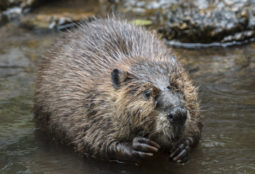
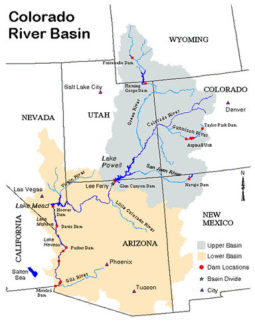 Colorado River Basin Crisis Pt. II (start time: 6:19): This week’s How On Earth show focuses on the implications and future prospects after the federal government in June ordered the seven Western states that rely on the river to come up with a plan to save trillions of gallons of water from the shrinking river) — and after the August 15 deadline came and passed without a deal. (Here’s the Bureau of Reclamation’s
Colorado River Basin Crisis Pt. II (start time: 6:19): This week’s How On Earth show focuses on the implications and future prospects after the federal government in June ordered the seven Western states that rely on the river to come up with a plan to save trillions of gallons of water from the shrinking river) — and after the August 15 deadline came and passed without a deal. (Here’s the Bureau of Reclamation’s 

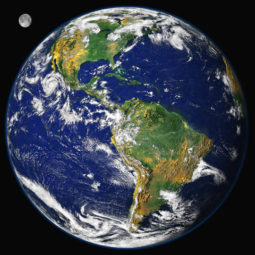
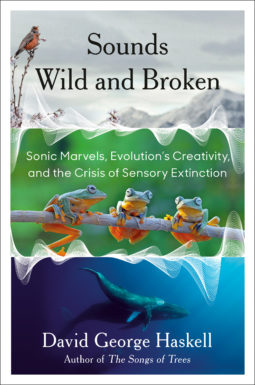 Nature’s Songs and Cries (start time: 0:59) In this week’s show
Nature’s Songs and Cries (start time: 0:59) In this week’s show  Heartbreak in Our Bodies: (start time: 6:58) This week on How On Earth, host Susan Moran talks with science journalist
Heartbreak in Our Bodies: (start time: 6:58) This week on How On Earth, host Susan Moran talks with science journalist  On this week’s show journalist and author
On this week’s show journalist and author 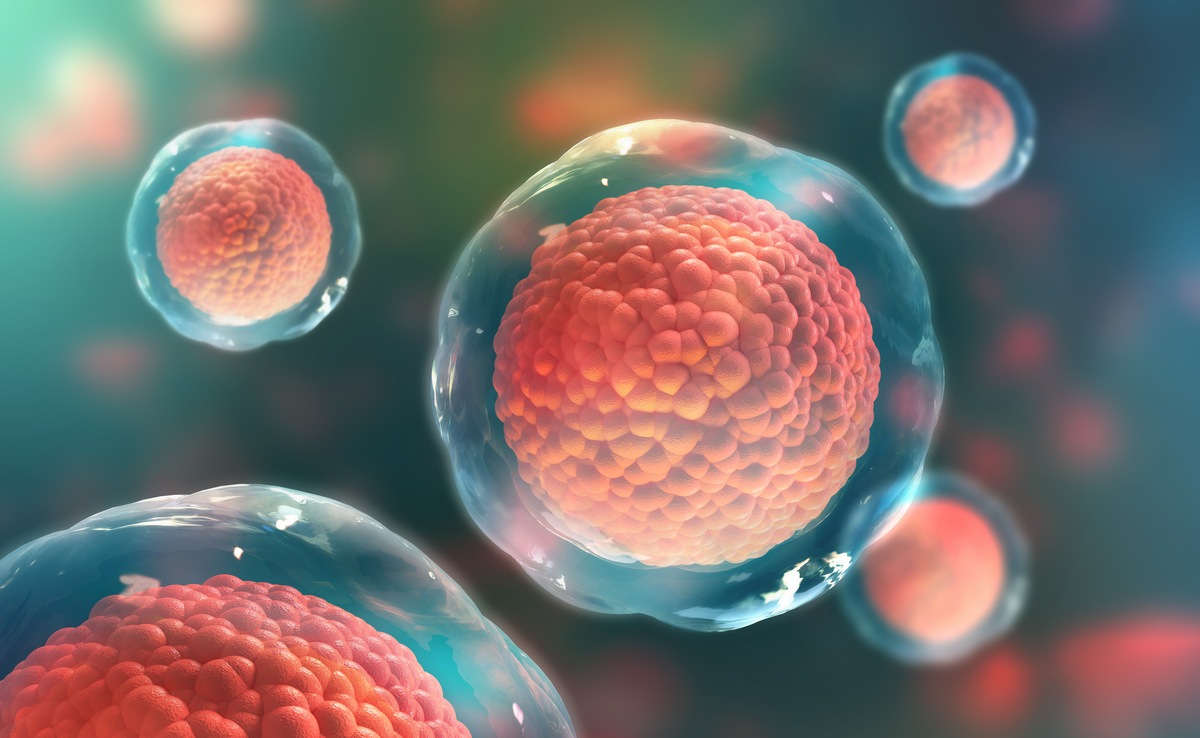

 Science for the Rest of Us (start time: 16:38) At a time our own government leaders vilify science and reinvent facts, it seems as important as ever that journalists and the public at large grasp and translate scientific research. A new book, The Craft of Science Writing, offers tips on how to find credible experts (whether on the corona virus or vaccines or climate change), separate truth from spurious assertions, and make sense of scientific studies. The book is aimed at science writers, but it can be a guidepost for anyone who wants to make science more accessible.
Science for the Rest of Us (start time: 16:38) At a time our own government leaders vilify science and reinvent facts, it seems as important as ever that journalists and the public at large grasp and translate scientific research. A new book, The Craft of Science Writing, offers tips on how to find credible experts (whether on the corona virus or vaccines or climate change), separate truth from spurious assertions, and make sense of scientific studies. The book is aimed at science writers, but it can be a guidepost for anyone who wants to make science more accessible.